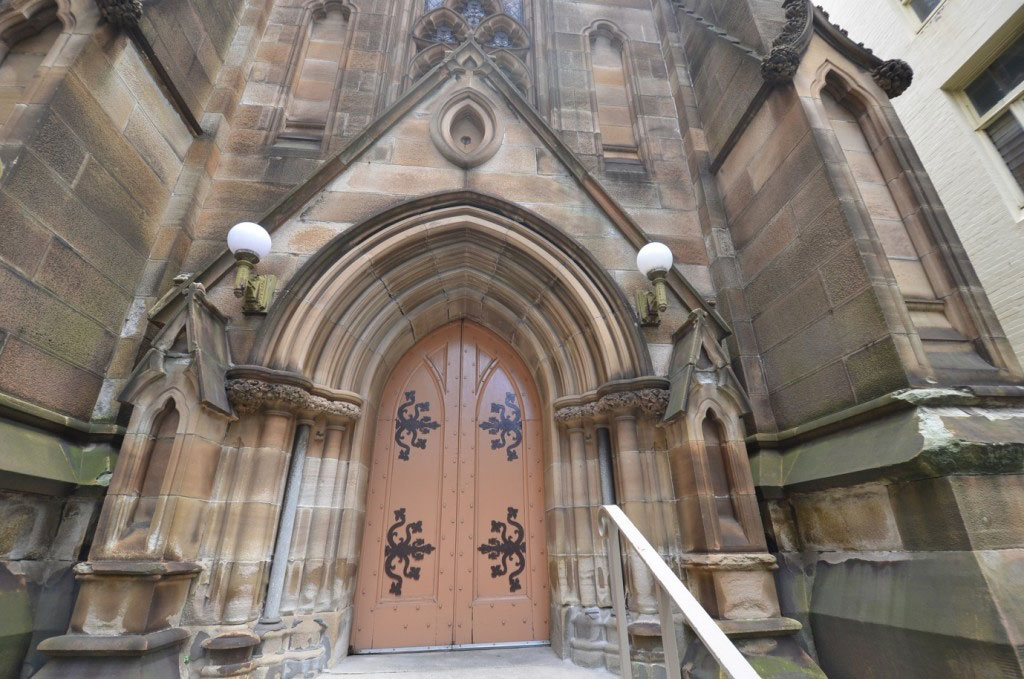Professional Associations
For most heritage experts, discussing the common types of heritage architectural styles in NSW and Australia becomes second nature. However, for some new homeowners, developers, architecture students or interested individuals, it can be useful to understand and recognise fundamental design patterns.
Back in 2011, I wrote a blog on the Colonial architectural style. Another example of heritage architectural design is the Federation style.
This era spans roughly from 1895 to 1925. While architects of the time drew their inspiration from British and French influences, such as Arts and Crafts design, Australia began to form its own identity and lifestyle. The resulting properties were, in some ways, considered the first ‘Australian’ homes. They are a product of Australia’s transition to a federation and Commonwealth country.

Some Key Facts about the Federation-style Home
- Federation homes have a variety of influences, in particular British and European architecture blended with Australiana themes. The Federation style can be referred to as the Queen Anne style. Richard Norman Shaw created the term in the late 19th century. The Queen Anne style was inspired by the late Renaissance architecture during Queen Anne’s reign (1702-1714) and was still popular when Queen Victoria ruled (1837-1901). Federation houses have also been influenced by the “Edwardian” architectural style (1901-1915), named for King Edward VII – mixed with motifs of Australian flora, fauna and geometric patterns. Even the names of Federation homes have been derived from First Nations words or Australian flora. The Californian Bungalow style (1910-1930) also became quite influential towards the end of the Federation architectural period, which paved the way for Federation Bungalows.
- The Federation style uses distinct colours and materials. The colours of Federation houses are often rich reds, browns, golds and greens with white or cream highlights. Common materials are usually brick, timber and tessellated stone or marble floor tiles with intricate designs. Roofs are built using either terracotta tiles, pitched slate or corrugated iron.

- These Federation-style homes have very detailed, prominent features. They are recognisable by their expansive verandas, impressive joinery, and asymmetrical gable roof lines which are influenced by external features, such as chimneys or turrets. Ornamental cornices and motifs of Australian nature are worked into the wrought iron or timber latticework. Inside, ceilings are high, with pressed-metal or plasterwork detailing. Federation homes can also have a grand main entrance and long central corridors with large living areas.

- The Federation style has a distinct design for its windows. Federation architecture commonly uses leadlight or stained-glass windows, often with painted window frames. These homes can also have bay windows with built-in window seats or alcoves inside.

- Lastly, Federation houses are often built on large lots, giving the residents an expansive yard. These lots tend to appear in affluent suburbs formed from earlier and more substantial land grants.
Together, these factors contribute to the Federation style being one of the most classic and distinguishable periods of Australian architecture. They mark an important moment in the nation’s history and identity.
Paul Rappoport
Conservation Architect and Heritage Planner
21 August 2024
References:
KC Morgan. “What is Queen Anne Architecture?” Home Stratospohere, January 4, 2021. What is Queen Anne Architecture? (homestratosphere.com)
Paul Rappoport, “Heritage 21 Workbook,” January 2023. PowerPoint Presentation.
Cath Chansly, “Federation Details,” Pinterest, October 24, 2019. Pinterest. Pin page (pinterest.com)
Jennifer Tintenfass, “House Fencing.” Pinterest, October 24, 2019. Image. Pin page (pinterest.com)
The History Spot. “IPR- Chapter_4”, Pinterest, December 8, 2014, Image. IPR-Chapter_4 (pinterest.com)
Related Articles

Common Misunderstandings and Misconceptions of Heritage – Part 1
Heritage is rife with many misconceptions in several areas. Such misunderstandings can result in increasing uncertainties around altering listed properties…
Read more
Creating a space for the experts: Heritage decision-making in NSW
For many years, I’ve been thinking about the cumbersome nature of (especially DAs) heritage approvals in NSW. Given that cultural…
Read more
Decision-Making Processes for Cultural Built Heritage in Australia
We have so many systems for cultural built heritage in Australia today. I have counted more than 90. For example,…
Read more
Why doesn’t NSW adopt good design principles for heritage buildings?
There ought to be a qualification for all designs in relation to heritage buildings. Our heritage-listed items and buildings in…
Read more

Need help getting started?
Check out our guides.

Complete the form below to contact us today.







